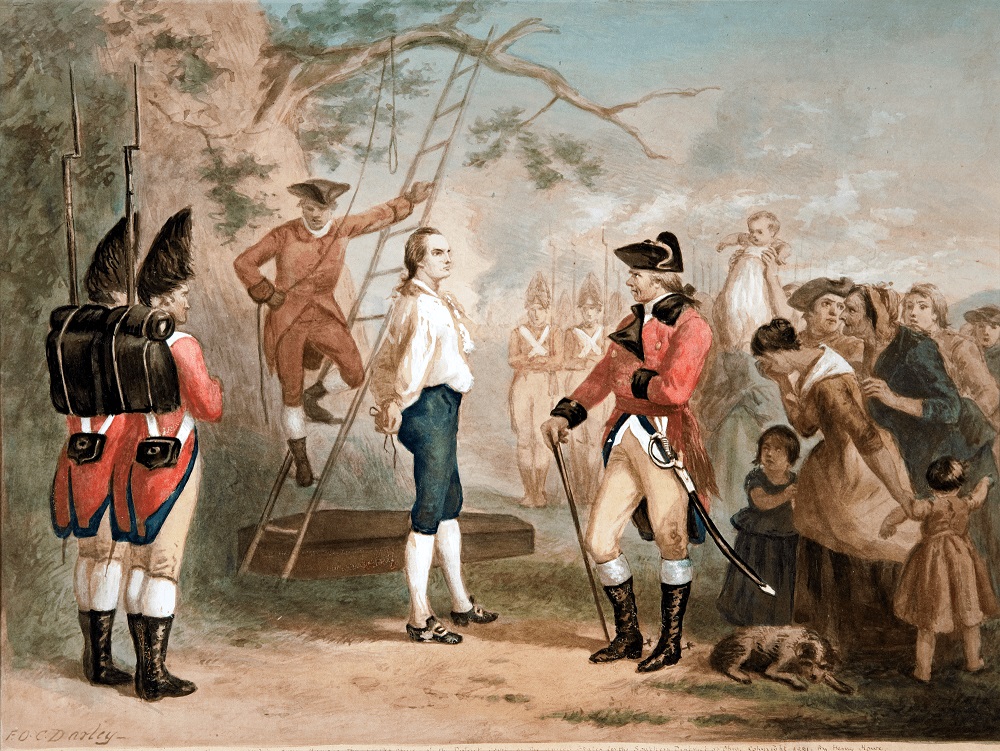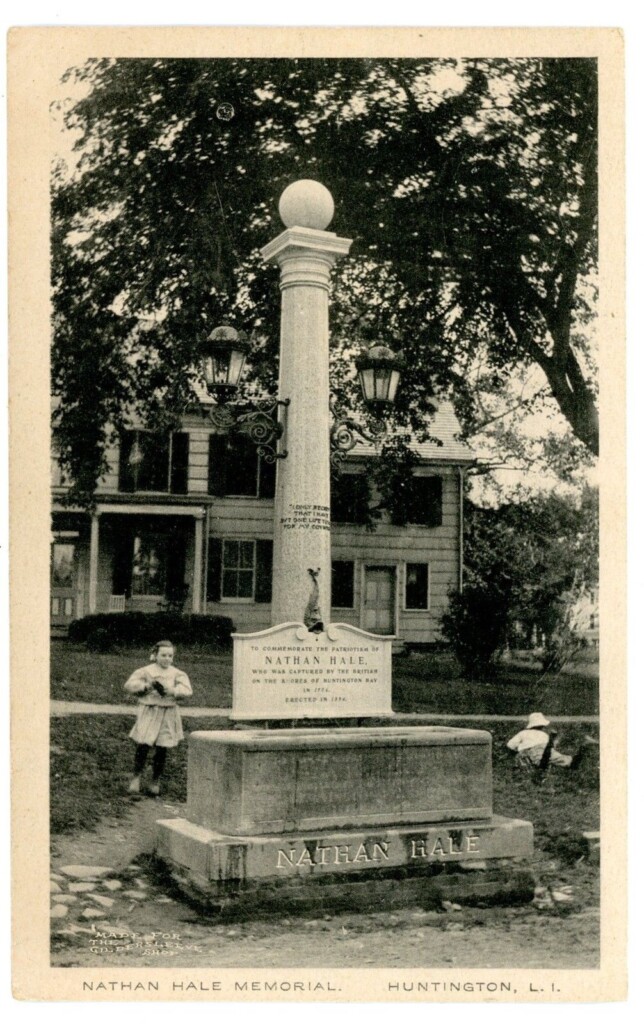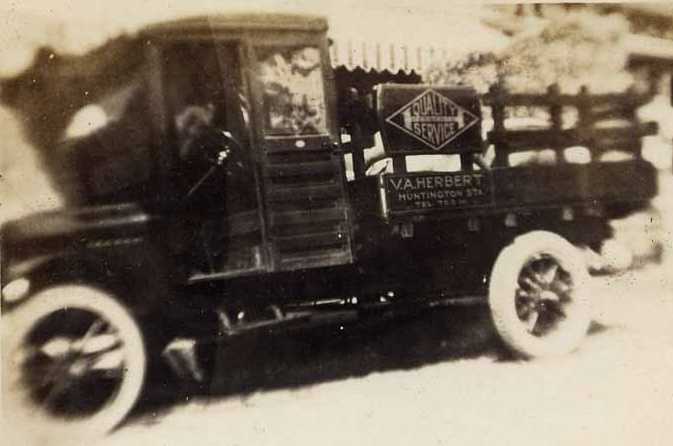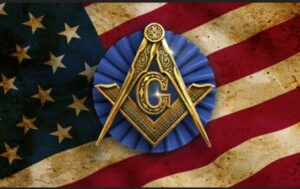Nathan Hale: The Masonic Lodge That Never Was
By W:. Ronald J. Seifried, DSA
Since 1866, Jephtha Lodge brothers were charter members of several other lodges, including Glen Cove No. 580, Alcyone No. 695 in Northport, and Matinecock No. 806 in Oyster Bay. To request a dispensation for a new Masonic Lodge, a group of local brothers are required to petition nearby lodges for permission to form, addressing issues such has regional boundary jurisdiction, qualified charter members, and ritual proficiency. In most cases, new lodges are granted dispensation and start the procedure to obtain a charter from Grand Lodge of Masons in New York.

Over the course of three years in the mid-1920’s, two separate proposals were presented to a Stated Communication to form a lodge in Huntington Station, five miles from Jephtha. In both cases, the matter was either withdrawn or rejected and involved two brothers: Eugene Theodore Geissinger (1896-1966) of Island City Lodge No. 586 and Albert S. Walling of Long Island No. 382. Little is known of these two non-Jephtha brothers residing in Huntington Station, their reasons to form a lodge near Jephtha and no records have been found that either were elected officers of any lodge in New York.
The first petition was received and read into the Stated Communication on September 28, 1925, but formerly withdrawn on October 12, 1925 from brothers Geissinger, Walling and Voorhees Allen Herbert (1887-1960). No reason was given for the withdrawal.
Between 1920 and 1927, 14 new lodges were formed in Nassau and Suffolk Counties. Grand Lodge had to add districts for the fast expanding fraternity and in May 1927, the Long Island Masonic District was divided into two separate districts: Nassau and Suffolk. At the time, there were 14 masonic lodges in Suffolk county and 18 lodges in Nassau county, including the newly formed Garden City No. 1083. It was believed the time was ripe to form a new lodge on Long Island.
A few months after the formation of the new districts, on October 10, 1927, a group of eight brother’s once again petitioned Jephtha to form a lodge in Huntington Station and proposed to name it Nathan Hale Lodge.
Legend has it that when American soldier and spy Nathan Hale was asked if he had any last words after being led to the gallows in 1776, he supposedly replied with his infamous quote, “I only regret that I have but one life to lose for my country.” The small hamlet of Halesite in Huntington Harbor was named after the Revolutionary War first lieutenant, near the location the spy was ferried across from Connecticut to gather intel on British occupied Long Island.

Despite all these accomplishments, there is no recorded proof that Nathan Hale was a Freemason. The brothers probably chose the name for the patriotic spirit a fallen hero over the local poet Walt Whitman, whose birthplace was in nearby West Hills, and may have experienced more interaction with Freemasons when he tended wounded soldiers during the Civil War.
In the early twentieth century, Huntington Station was centered around the Long Island Railroad Station and the Fair Grounds, an area between present day Depot Road and Lenox Road. The Fair Grounds included a one-mile horse racing track with a 1500 seat grandstand and open fields. By 1911, the area was renamed Huntington Station and beginning in 1921, the Fair Grounds was subdivided into residential properties. Several of the proposers for the new lodge, resided in the area once known as the Fair Grounds.
The Nathan Hale Lodge proposal recommended the following members: Albert S. Walling from Long Island No. 382 for Worshipful Master; Eugene T. Geissinger from Island City No. 586 for Senior Warden; Herman Ehntholdt from Jephtha No. 494 for Junior Warden. The other petitioners were David Ehntholdt from Island City No. 586; Rasmus Rasmussen from Guiding Star No. 565; David MacLetchie from Howard No. 35; Karl Christiansen and George Pike from Jephtha.
Most of the petitioners were members of lodges as far away as Bronx and Manhattan but had homes in Huntington Station. Only two of the eight brothers were from Jephtha. No records can be found on the “third” Jephtha petitioner Herman Ehntholdt.
The only petitioner to be raised at Jephtha was the Swedish born Karl Christiansen (1872-1951). Later becoming a life member of Jephtha, Christiansen was a survivor of the U.S.S. Maine disaster in Havana Harbor on February 15, 1898. Serving 24 years (1895-1919) in the United States Navy, Christiansen was a veteran of the Philippine Insurrection and the Boxer Rebellion. After his retirement, Christiansen was a custodian in the Huntington Station School for 15 years.
George Chamberlain Pike (1874-1956) affiliated with Jephtha from Putnam Lodge No. 338 in 1923. Pike’s occupation was a stationary engineer. Both Christiansen and Pike were proposed by Voorhees Allen Herbert, one of the three brothers petitioning to form a Huntington Station Lodge in 1925.

While in Huntington Station, Herbert owned a service station. After twice failing to form a lodge in Huntington Station, Herbert moved to California in 1937 with his wife and four daughters, studied medicine and became a practicing physician in Beaumont, California. He later affiliated with Sunset Lodge No. 352 in Los Angeles and was active with the Shriners.
At the October 10, 1927 stated communication, a spirited discussion on the petition of Nathan Hale Lodge was held in Jephtha. W:. Charles E. Cragg, Past Master of Alcyone and Jephtha Chaplain and Historian, made a motion to grant the petition. Past Masters W:. Allison C. Lowndes (1922), Fredric W. Hunninghouse (1926) and several brothers gave their reasons why the petition should not be granted.

Past Master W:. Carroll E. Welch (1925) stood for the proposed lodge and listed several reasons why the petition should be granted. After a prolonged and lively discussion with over 90 brothers in attendance, W:. Lowndes made a motion that the matter be made on the table. W:. Welch submitted the prepared resolution and a vote was prepared. Past Masters W:. Cragg, W:. Hunninghouse, W:. Lowndes and W:. Lawrence Henry Newton (1915) were appointed tellers and R:.W:. Douglass Conklin and W:. Welch were appointed inspectors.
One can only imagine the heated discussion on the formation of a nearby lodge. Territorial boundaries were most likely on top of everyone’s mind that evening. Many Jephtha brothers lived a few miles south and a new lodge would surely have witnessed an exodos to a closer meeting place for many brothers, leading to reduced membership dues for Jephtha. This fateful discussion was only two years prior to the stock market crash of 1929, and if the new lodge was granted a dispensation, a third lodge in Huntington could have been disastrous.
Ninety-one votes were cast: 87 against and 4 in favor of the proposed lodge. A copy of the resolution was sent to the proposed master, Albert S. Walling informing him of the rejection. It is a testament to the brothers of Jephtha Lodge to reject this proposal and not giving into a false sense of security, a problem that would return in greater numbers with the masonic lodge boom of the post-World War II years.
Nathan Hale would finally get a masonic lodge named after him when Nathan Hale No. 350 in Milwaukee, Wisconsin was charted in 1951.
The post Nathan Hale: The Masonic Lodge That Never Was appeared first on Jephtha.com.

